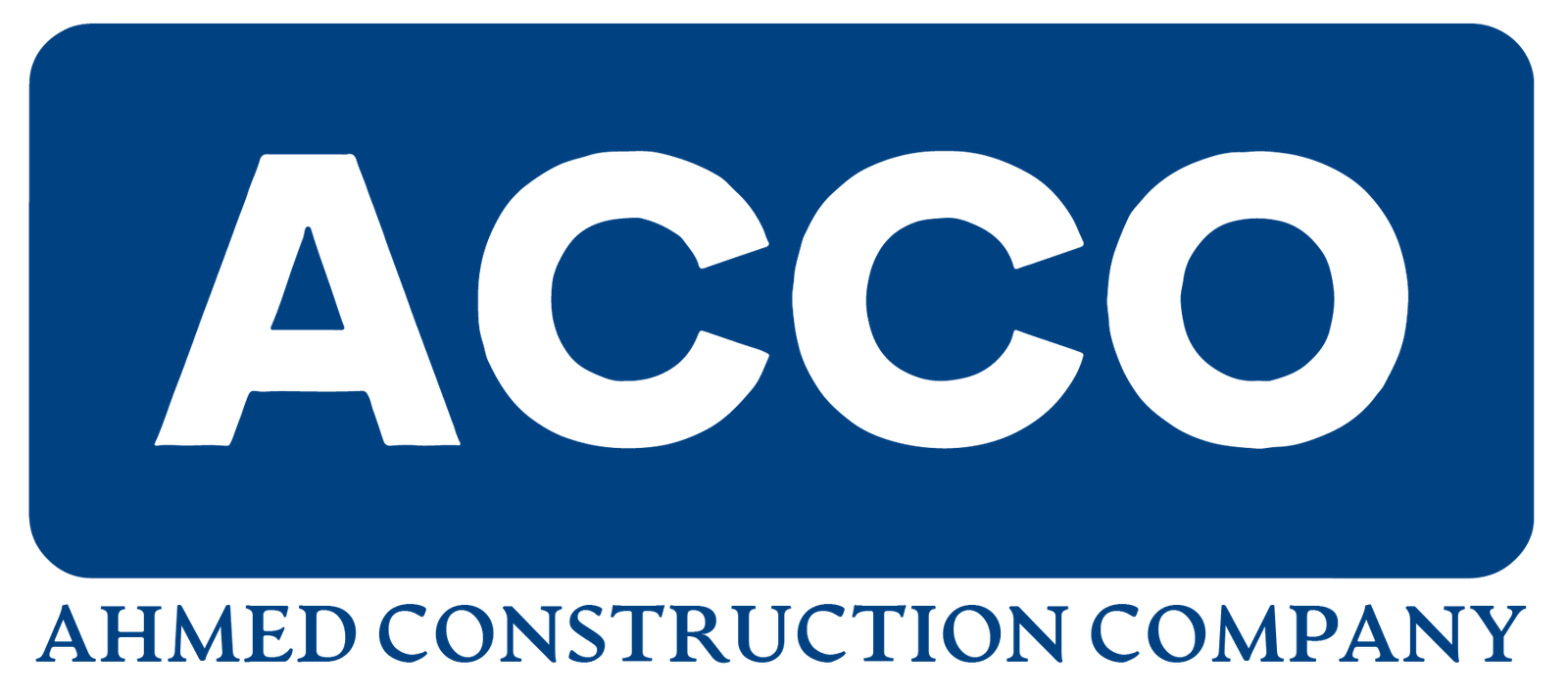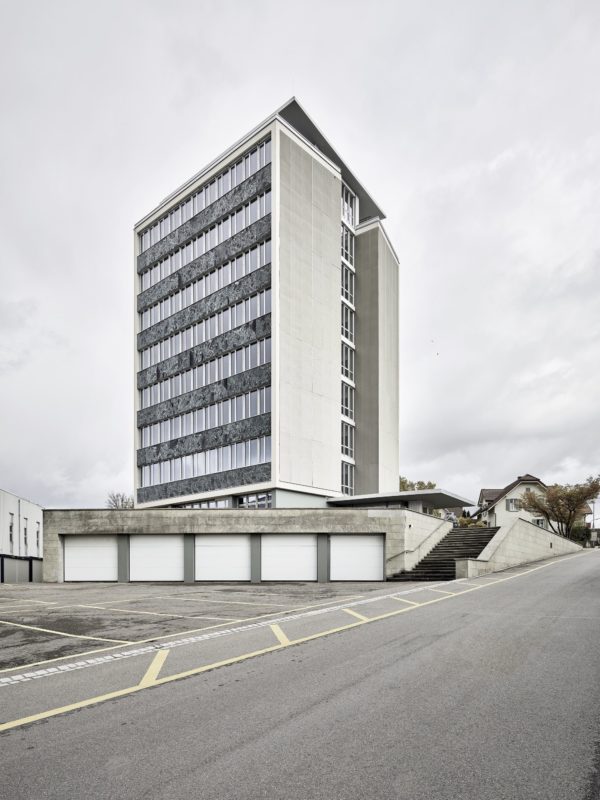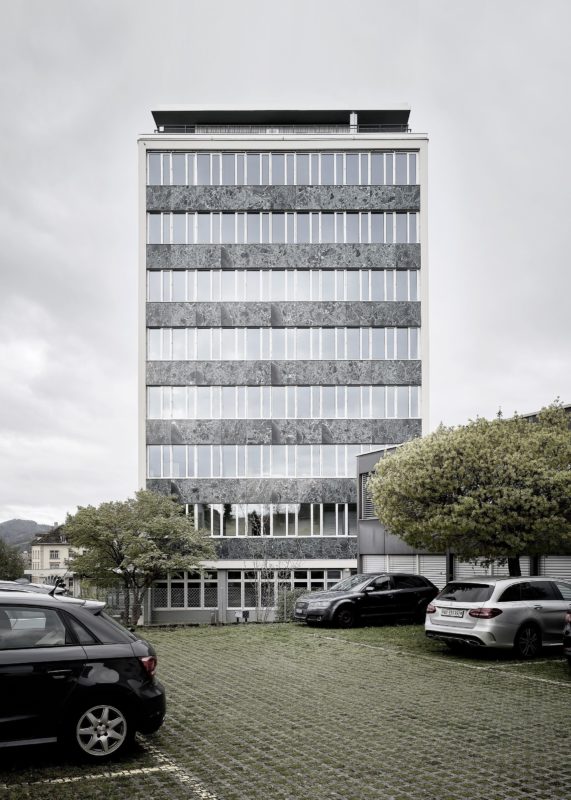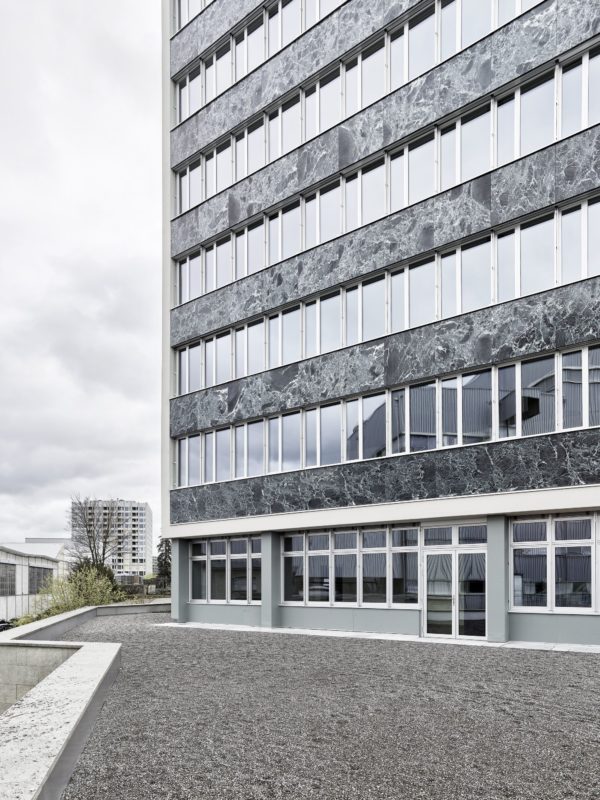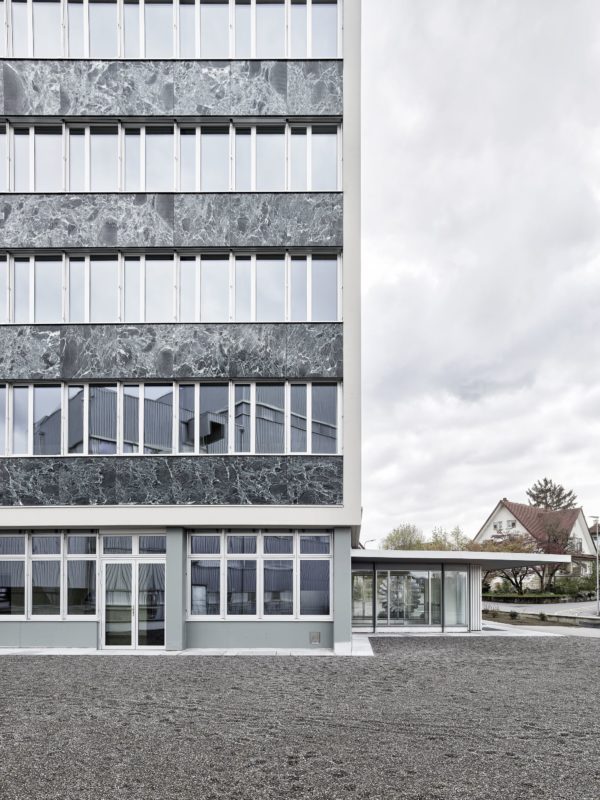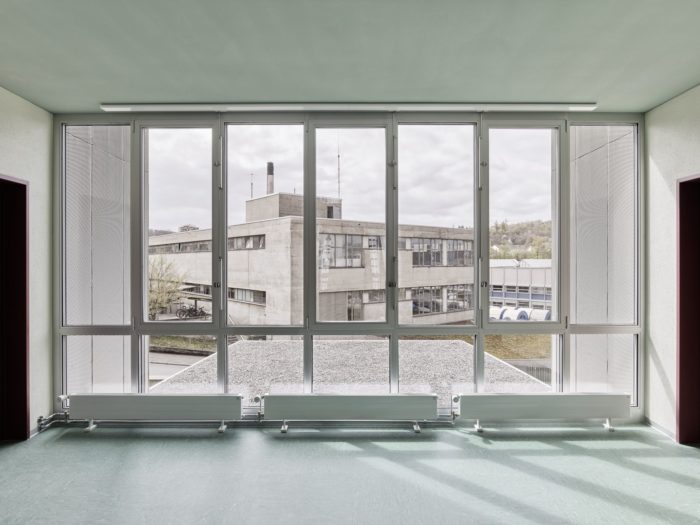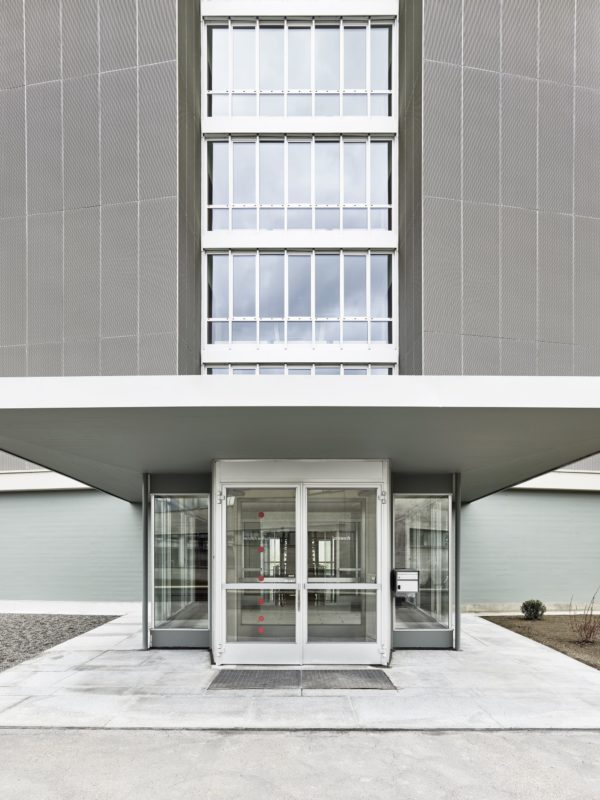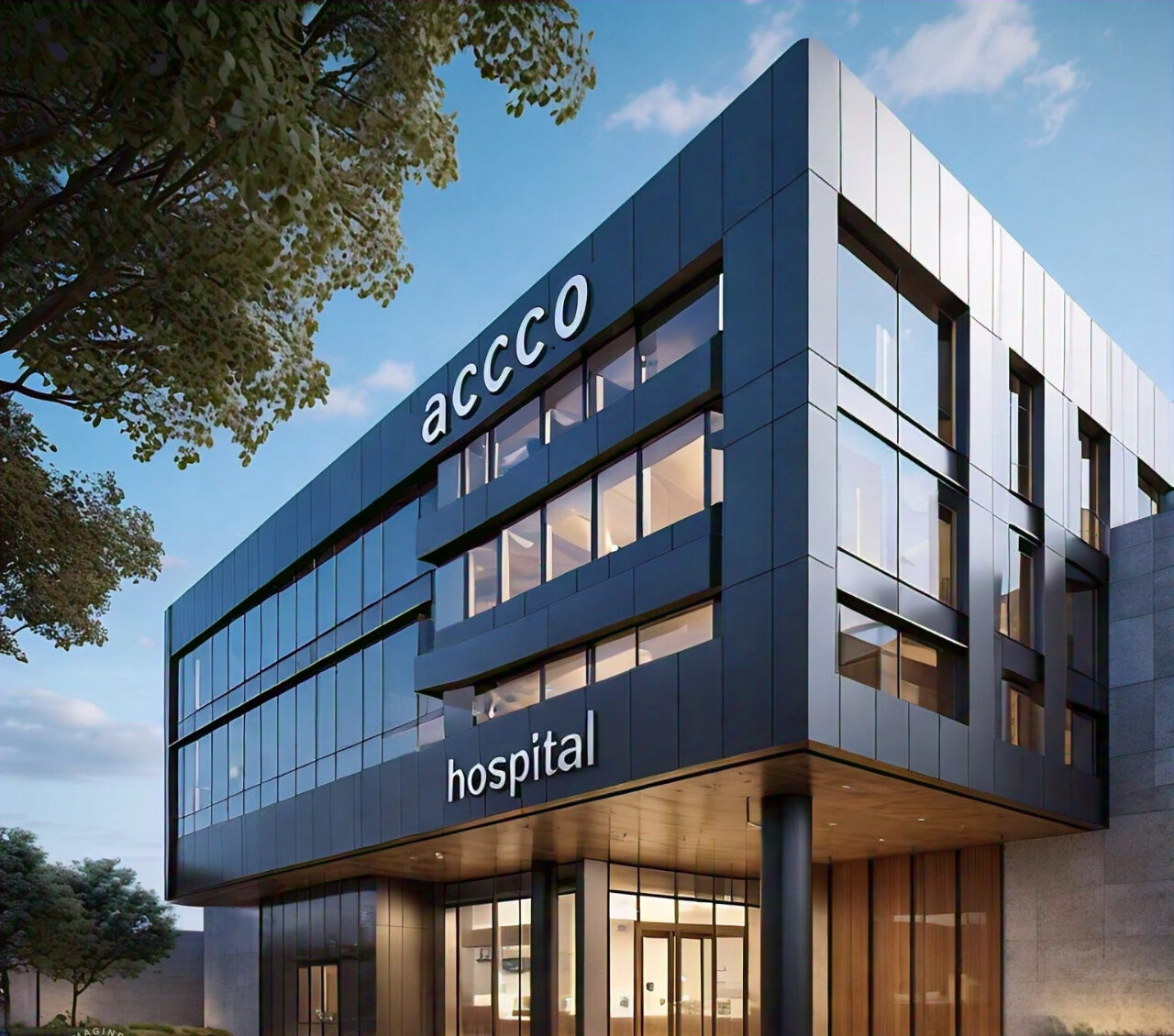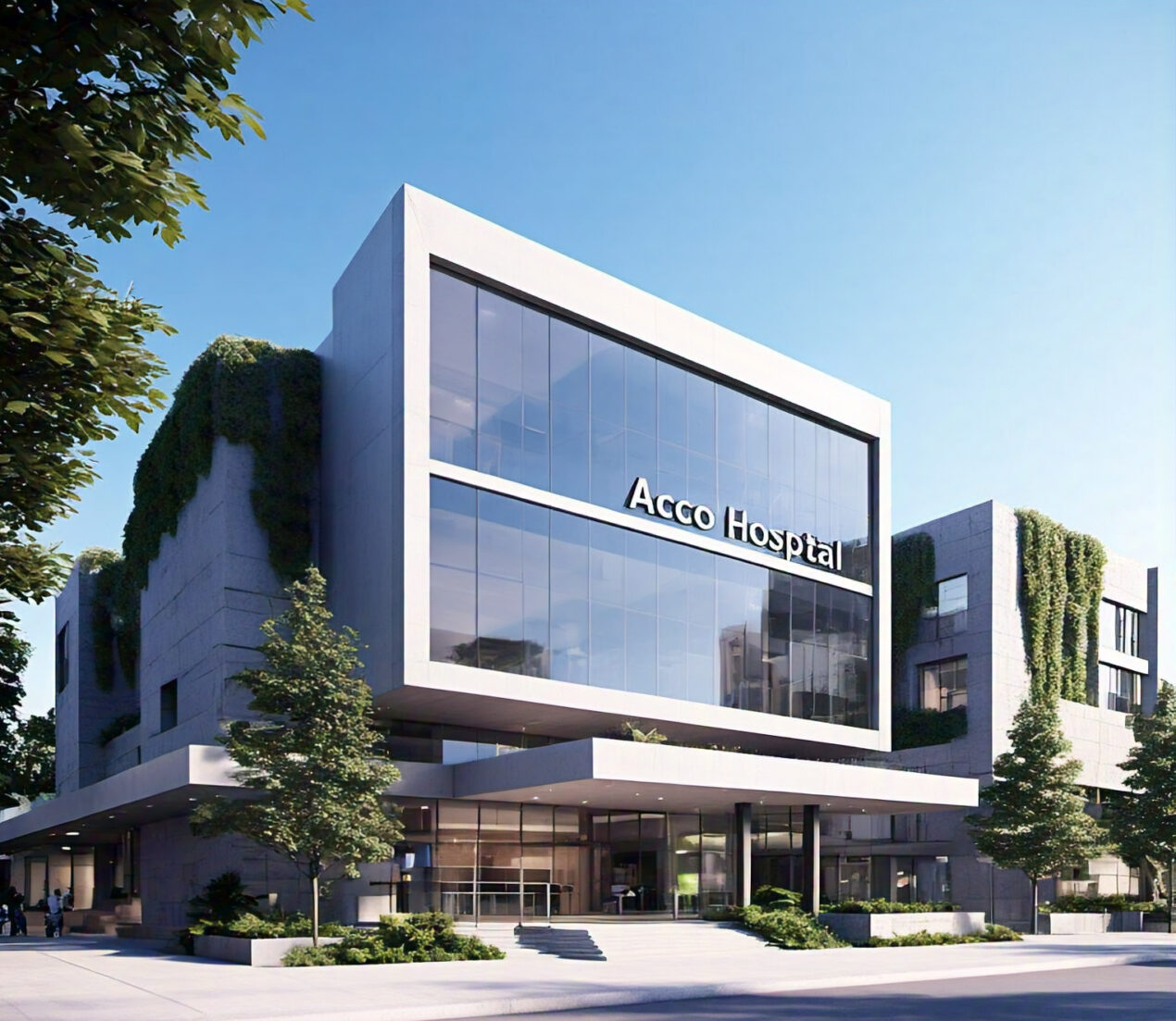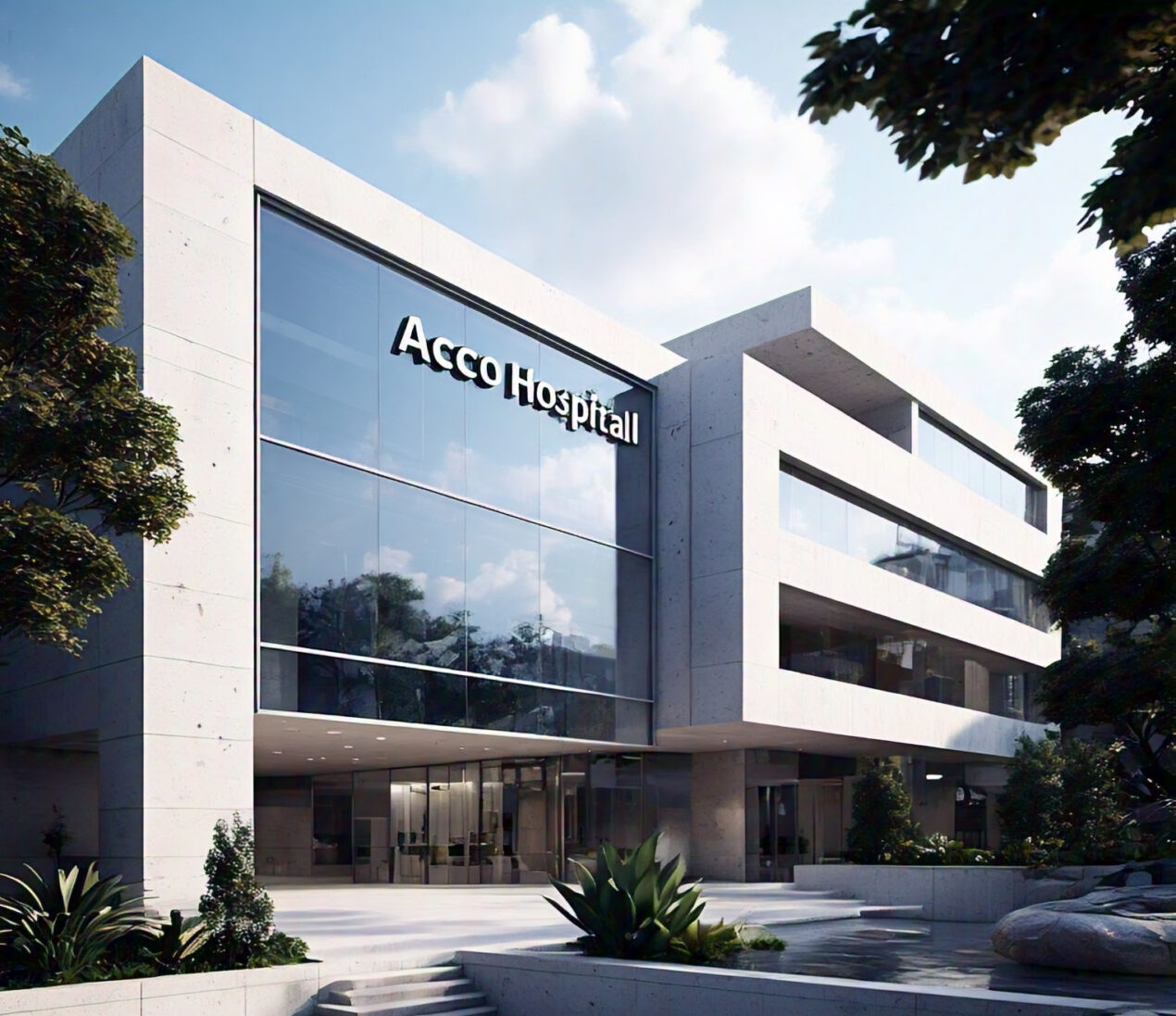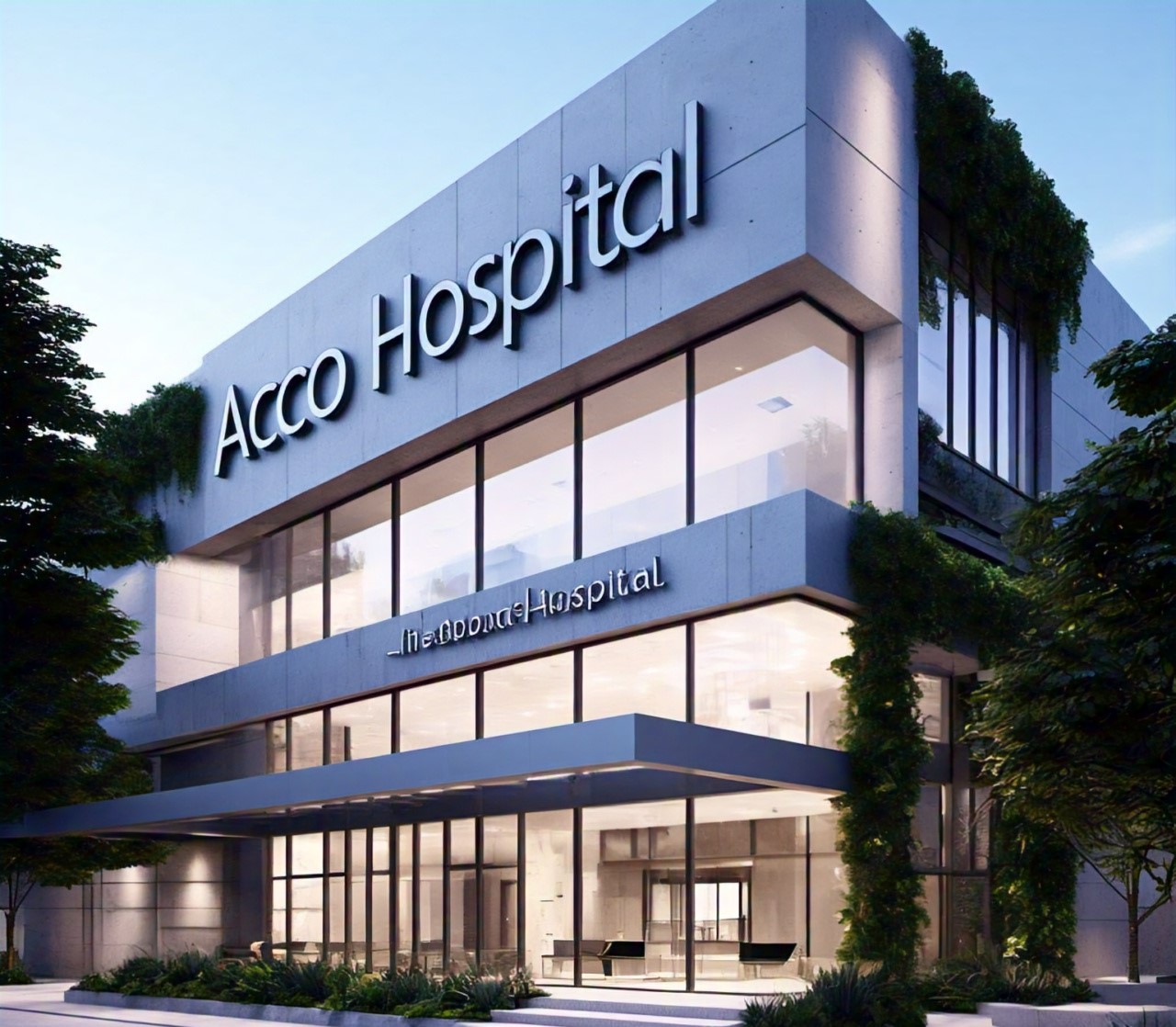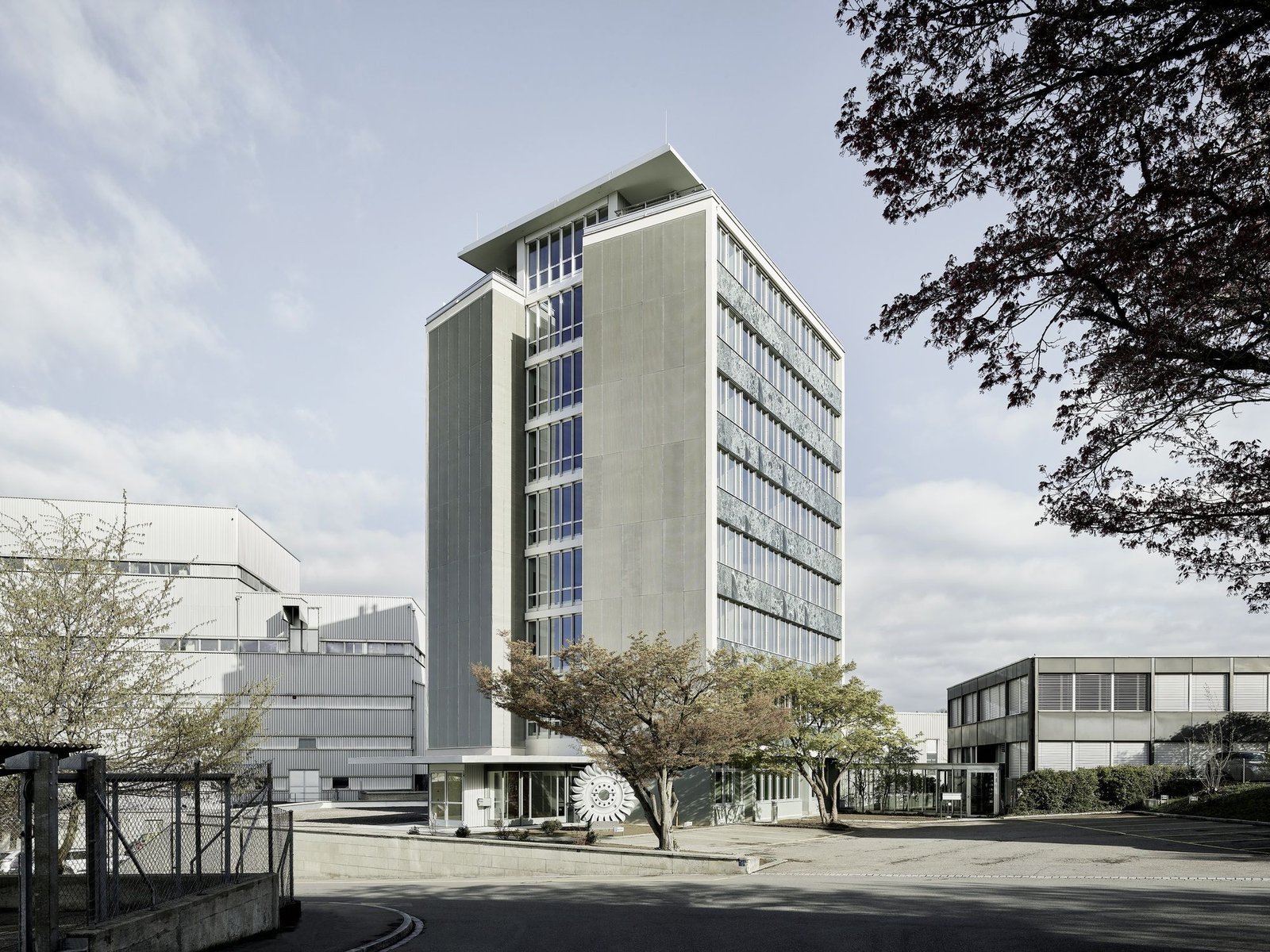
Verwaltungsgebäude Brugg Kabelwerke – Office Building | Tschudin Urech Bolt Architekten
The high amount of asbestos pollution and the building’s poor energy balance were the reasons for the Fifties high-rise restoration, which was erected in 1956/57. The Verwaltungsgebäude Brugg Kabelwerke office building had previously been valuable, according to Marco Tschudin of Tschudin Urech Bolt Architekten, but with a summer temperature of 34 degrees, it was useless. Many postwar buildings cause comparable issues and are demolished under the guise of densification, efficiency, or economy. However, the administration building was fortunate. It still looks – or looks as it did when it was erected. This is due to its municipal protected status, the sensitivity of the planners, and BRUGG Immobilien AG’s readiness to put a little more money in its palm as the building owner.
Verwaltungsgebäude Brugg Kabelwerke’s Design Concept
The façade has been embellished with Verde Alpi marble from Italy since its erection, lending the administration building its unique nobility. With 355 people during the postwar period, Kabelwerke Brugg was one of the region’s top employers, and the industry was thriving. The business held a design competition for an office building next to its manufacturing halls to consolidate its workspaces in 1954. Carl Froelich of Brugg and Hans Kündig of Zurich were the winners. Their two-flush, trapezoidal high-rise skyscraper proved persuasive in the previous round, particularly in urban planning.
At Brugg station, the top of the office tower can already be seen, forming a striking precursor to the company area. Six nearly identical office floors with new PVC flooring in green tones are located beneath the attic floor with a bar and lounge. They replaced the old flooring, composed of asbestos-containing Sucoflor and considered the pinnacle of modern architecture at the time.
The renovation’s color palette is made of green, red, and beige tones and is based on the original 1950s design. The materialization of the then executive floor has stayed the same: it stands out from the others with parquet flooring and costly walnut wall cupboards, as it did at the time of construction. The inside staircase also pays reference to the building’s.
History: white-painted metal frames evoke the position of bricked-up doors or the file lift, which is currently used as a climbing zone.
There were no material or technological equipment savings in the 1950s. This can be seen in the still-good plumbing quality or the Zent-Frenger ceiling with integrated heating, a novelty at the time. Furthermore, radiators were put beneath the continuous window fronts and were operated individually throughout the transitional times. However, with only three centimeters of cork insulation in the insulation layer, much of this energy did not stay in the structure for long. Tschudin Urech Bolt Architects were tasked with a complex building problem that is all too common for a post-war structure: energy restoration with new windows and a stronger insulating layer without sacrificing the building’s charm.
Custom-made triple-glazed windows were the solution. As a result, the building retains much of its original appearance while meeting today’s construction technology needs. Because exterior insulation was not an option, the insulation layer was installed just beneath the window strips, where the radiators had previously been. Vacuum insulation in the floor ensures greater energy efficiency without altering the height of the floor structure or causing ugly heels.
Many building materials had to be discarded due to asbestos exposure. Because the building was not demolished, much grey energy was saved. As equivalent carvings were selected to replace construction elements, the original character of the office tower was preserved. “Aesthetics were more important than any Minergie-P standards,” Tschudin said. Despite this, new insulation and glazing can save up to 70% of operating energy today. This refurbishment illustrates how modern energy standards may be met even in delicate post-war structures.
Project Info:
Area: 3300 m²
Year: 2023
Photographs: Kuster Frey
Manufacturers: Jakob, Brunex, Foamglas, Joka, Metalit, Regent Lighting Solutions, Schwab, Wicona, swisspor
HVAC Planning: RMB Engineering AG
Electrical Planning: JOST Elektro AG
Climate Engineer: Abicht Zug AG
Landscape Architecture: Westpol Landschaftsarchitekten
Project And Construction Manager: Marco Tschudin
Junior Project Manager: Isabel Schildknecht
Engineering Company: VZP Ingenieure AG
Facade Planning: GKP Fassadentechnik AG
Building Physicists: Kopitsis Bauphysik
Fire Protection: Brandschild GmbH
City: Windisch
Country: Switzerland
